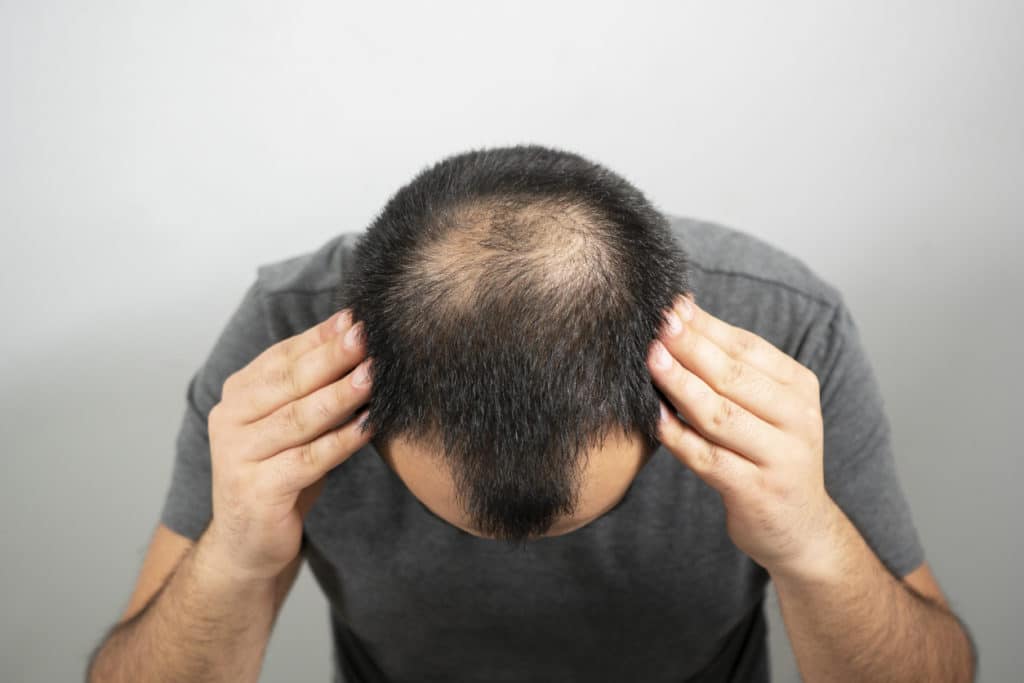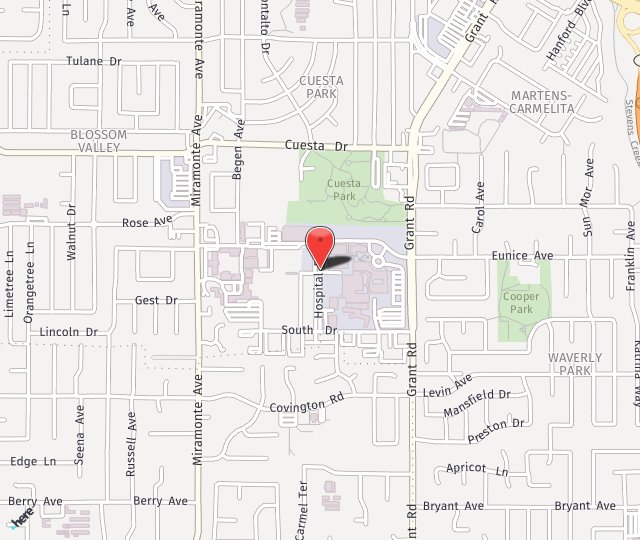Hair loss is something that we tend to associate with middle-aged men. We are most often surprised even when a younger man experiences hair loss, though, even in these cases, we chalk hair loss up to genetics. The truth is, men and women, and even children can lose an exaggerated amount of hair. We all shed hair on a daily basis. However, thinning or bald spots go beyond what is considered normal and may require professional diagnosis and treatment.
Hair loss may look different on every person. Some of the common signs of concern include:
- Progressive thinning on the crown (top of the head).
- Bald patches anywhere on the head or body.
- Complete hair loss on the entire body.
The hair loss that occurs with alopecia can vary significantly from one person to another. This could be due to the underlying cause as well as other factors. Hair loss affects only about .2 percent of humans. Hair may be lost in just one spot, or in several spots at once. This hair may, within a few weeks or months, grow back. At some point, new bald spots may occur.
How common is Alopecia?
 Alopecia areata affects 1 in every 500 to 1,000 people in the U.S. It is one of many recognized forms of alopecia. It is the second most common form after androgenetic alopecia (male-pattern baldness and female-pattern baldness).
Alopecia areata affects 1 in every 500 to 1,000 people in the U.S. It is one of many recognized forms of alopecia. It is the second most common form after androgenetic alopecia (male-pattern baldness and female-pattern baldness).
Androgenetic alopecia is more common, but the pattern of hair loss is much less dramatic than with alopecia areata. In androgenetic alopecia, the hairline recedes and the hair thins. It’s thought that androgenetic alopecia affects about half of men by the age of 50. It’s not anywhere as prevalent in women.
The different types of alopecia
- Androgenetic alopecia — This is male- and female-pattern baldness. As mentioned above, around one in two men will have some degree of this alopecia by the time they turn 50. In men, this is hereditary and thought to be associated with having an excess of a certain hormone that affects the hair follicles. Hair loss in men usually begins in the late 20s. In women, there doesn’t seem to be the same genetic tendency. Female-pattern baldness affects more post-menopausal women, likely a result of hormone fluctuations.
- Alopecia areata — This is the patchy hair loss described elsewhere on this page. This autoimmune disorder occurs when the body’s immune system mistakenly attacks the hair follicles, causing sudden hair loss. In about one fifth of alopecia areata patients, there is a genetic tendency and family history. Fortunately, unlike pattern baldness where hair follicles become fully dormant, the hair follicles are not usually damaged with alopecia areata, so the hair can grow back.
- Alopecia totalis — This form of alopecia makes the person lose all the hair on their scalp. Treatments to manage alopecia totalis mirror those used for alopecia areata.
- Traction alopecia — This form of alopecia is caused by stress on the hair through pulling or stretching. People develop traction alopecia if they often wear their hair in a tight ponytail, buns, dreadlocks, hair extensions, weaves, or braids. The continuous pulling and stress can damage the hair follicles. If it continues, this can lead to permanent hair loss.
- Cicatricial alopecia — This is a “scarring” type of alopecia. It involves inflammation that destroys the hair follicles. The destroyed follicles are replaced with scar tissue, resulting in permanent hair loss in the area. This can be caused by rare conditions such as scleroderma and discoid lupus. About 7 percent of alopecia cases are scarring alopecia.
Causes Of Hair Loss
There are several potential causes that a dermatologist will investigate when a child experiences hair loss. This condition may be the primary problem (alopecia areata), or may stem from:
- Hormonal imbalance
- Skin disorders
- Infection
- Thyroid problems
- Hair pulling
- Emotional or physical shock
- Extremely tight hairstyles
How quickly alopecia areata can progress
Alopecia areata is an autoimmune disease. In this case, cells in your immune system surround and attack the hair follicles. These attacks cause the hair in the attacked follicles to dislodge and shed.
This occurs suddenly. There is no average time frame involved. Often a patch will fall out and then the hair will regrow again. That’s important to know because the autoimmune cells don’t kill the hair follicles, so they can often begin to regrow the lost hair at some point.
Who is a candidate for Hair Loss Treatment?
Anyone who is losing their hair due to alopecia is a good candidate for treatment with Dr. Menkes and Dr. Soohoo. Alopecia affects nearly 7 million Americans, but most don’t seek treatment. With alopecia areata, hair usually falls out in small patches about the size of a quarter. For most people, hair loss stops with a few patches.
Alopecia areata can affect anyone, regardless of age or gender, although most cases occur in people under the age of 30.
While alopecia areata doesn’t make the person sick, nor is it contagious, it can be quite trying mentally. That makes treatment at The Menkes Clinic even more important for a person’s self-confidence.
Patient Testimonial
"Dr. Menkes is great in listening to patient concerns and providing effect treatment plans; short term and long term. Dr. Menkes is compassionate and understanding of discomforts that maybe associated with different conditions. Overall very pleased with my two visits with Dr. Menkes."
What to avoid if you have alopecia areata
There is some thought that cold may be a trigger for alopecia. Researchers have found hair loss occurs most often in the month of November, followed by October, and January. Patients had the fewest flare-ups during May and August.
There also could be a link between having a vitamin D deficiency and alopecia areata. There isn’t enough research to verify this link, but maintaining adequate vitamin D is important for good health, and it could help ward off alopecia.
It’s easy to say, but hard to follow, but lowering stress levels can help to head off a cycle of hair loss. Stress is cited as a common attribute alopecia areata patients express having experienced prior to heading into a hair loss period.
How do I prepare for hair loss treatment at The Menkes Clinic?
There aren’t any preparations required for our hair loss treatments. If we decide light therapy could be a good option for you, you may need to hold off on certain medications before your treatments, as some drugs can have a reaction to light therapy.
Treating Hair Loss
 Your dermatologist understands the immense emotional toll that hair loss can have on patients of any age. Dr. Menkes and Dr. Soohoo are extensively trained in the various conditions that can affect the hair, scalp, and skin. We work with our patients to determine the root cause of hair loss and provide safe, effective treatment as needed to restore healthy hair and confidence. Some of the treatment options considered for alopecia include topical and light therapy or phototherapy.
Your dermatologist understands the immense emotional toll that hair loss can have on patients of any age. Dr. Menkes and Dr. Soohoo are extensively trained in the various conditions that can affect the hair, scalp, and skin. We work with our patients to determine the root cause of hair loss and provide safe, effective treatment as needed to restore healthy hair and confidence. Some of the treatment options considered for alopecia include topical and light therapy or phototherapy.
To learn more about hair loss in men, women, or children, contact our dermatology office in Mountain View for a one-on-one consultation.


